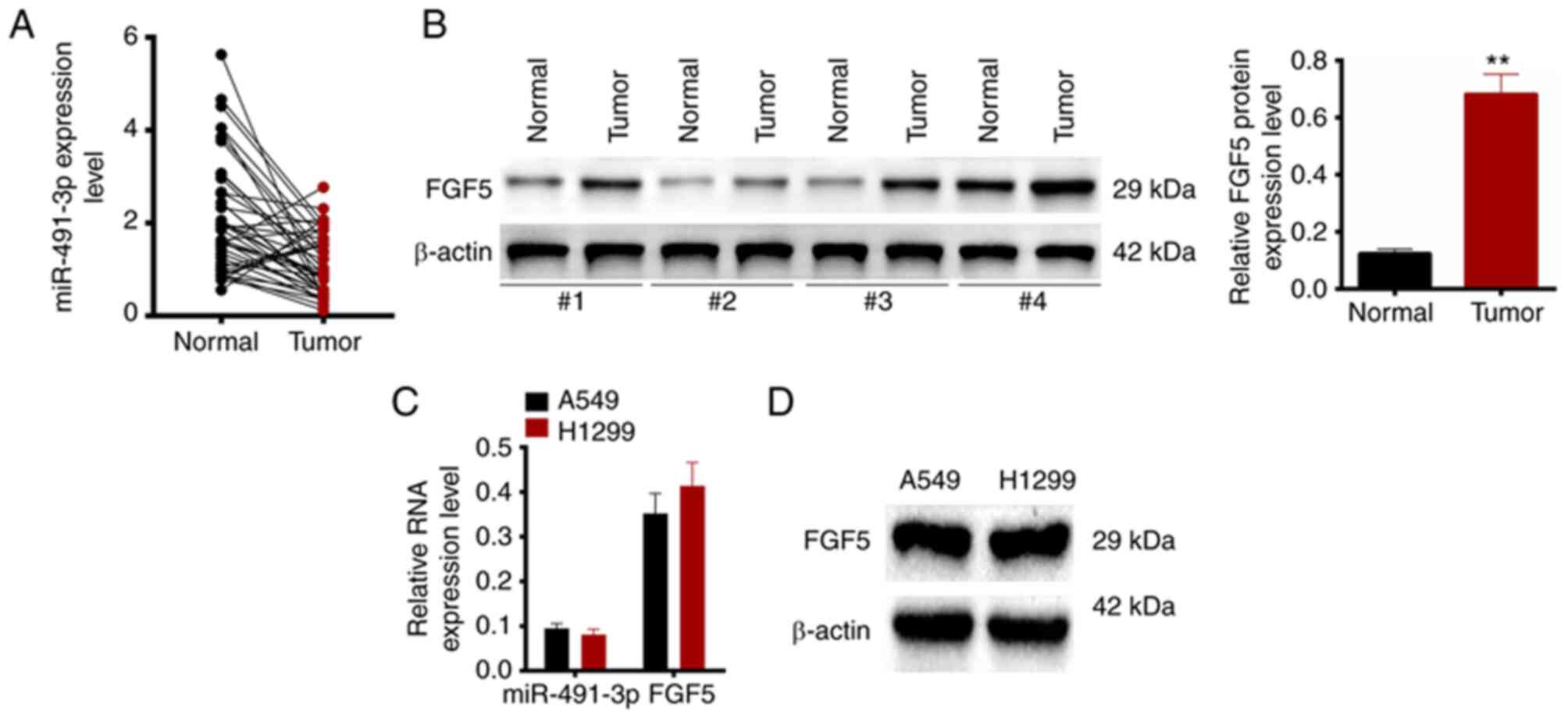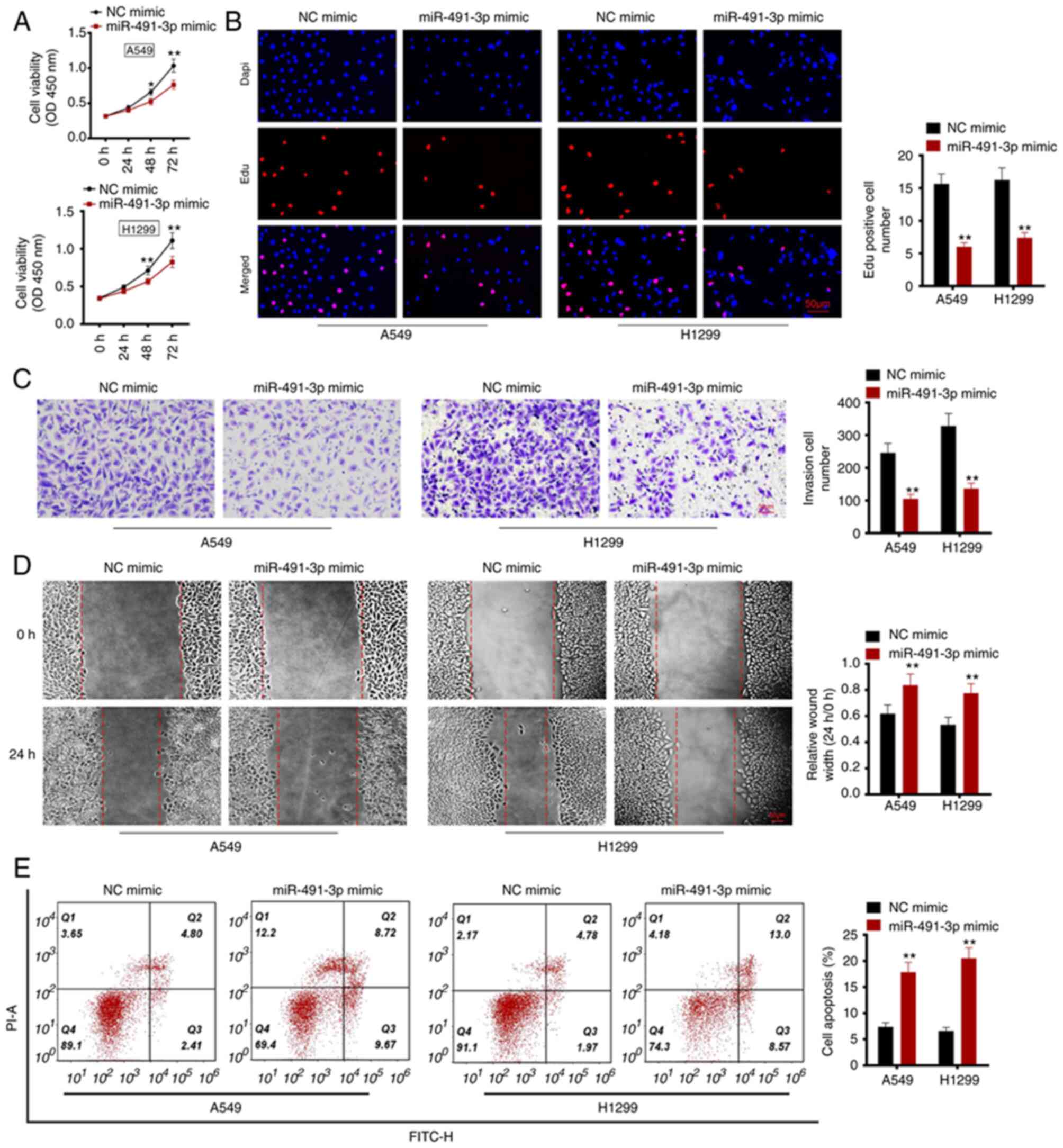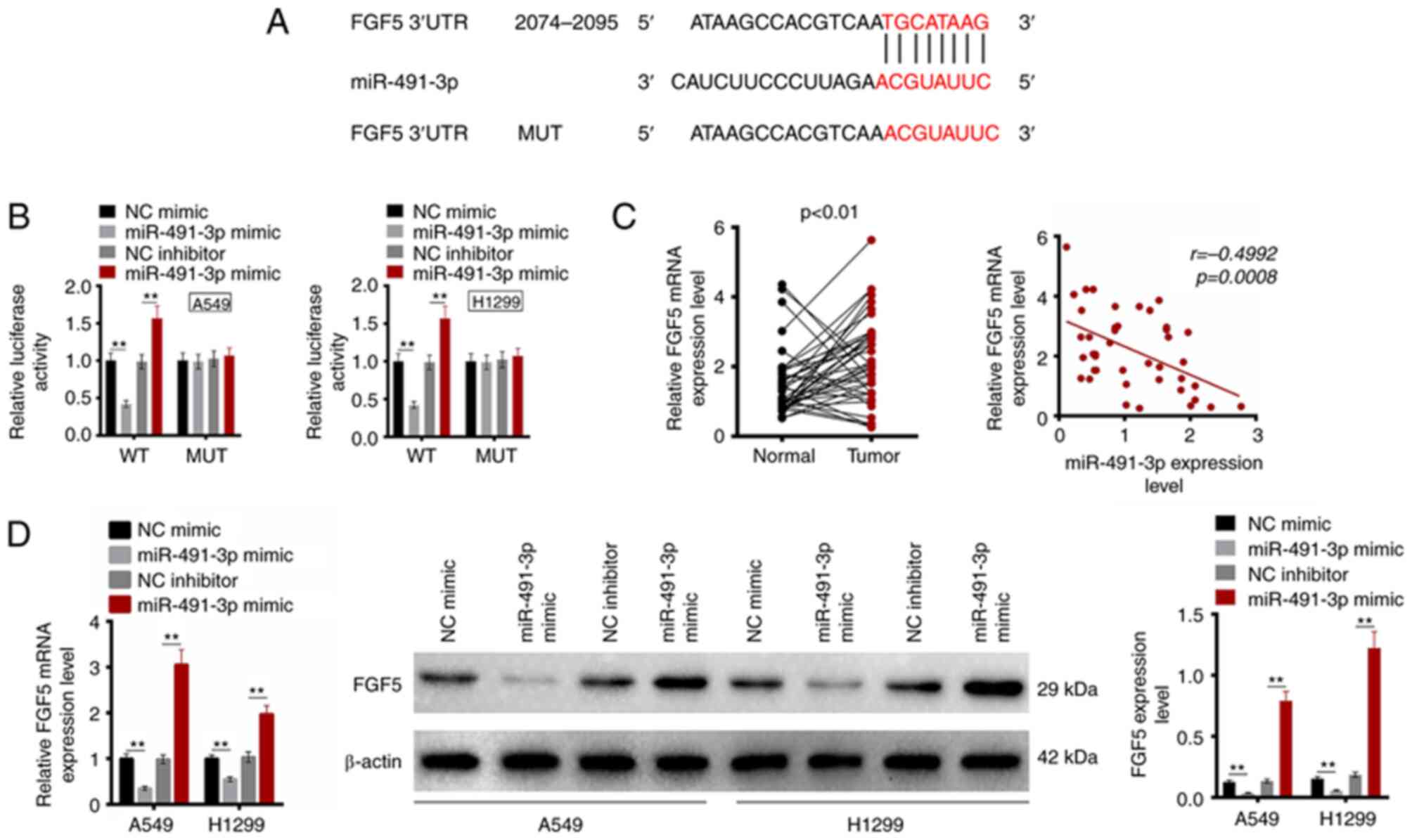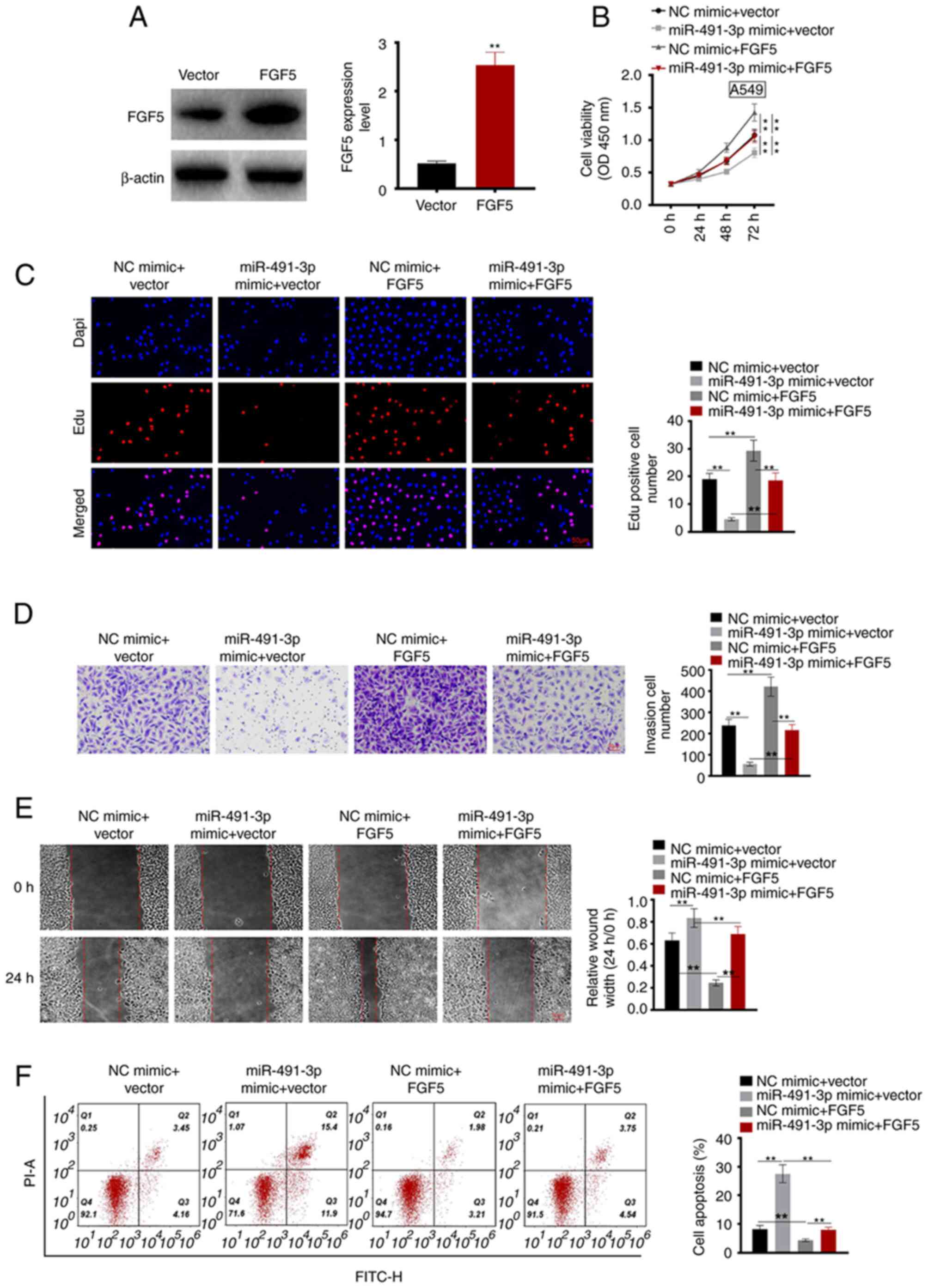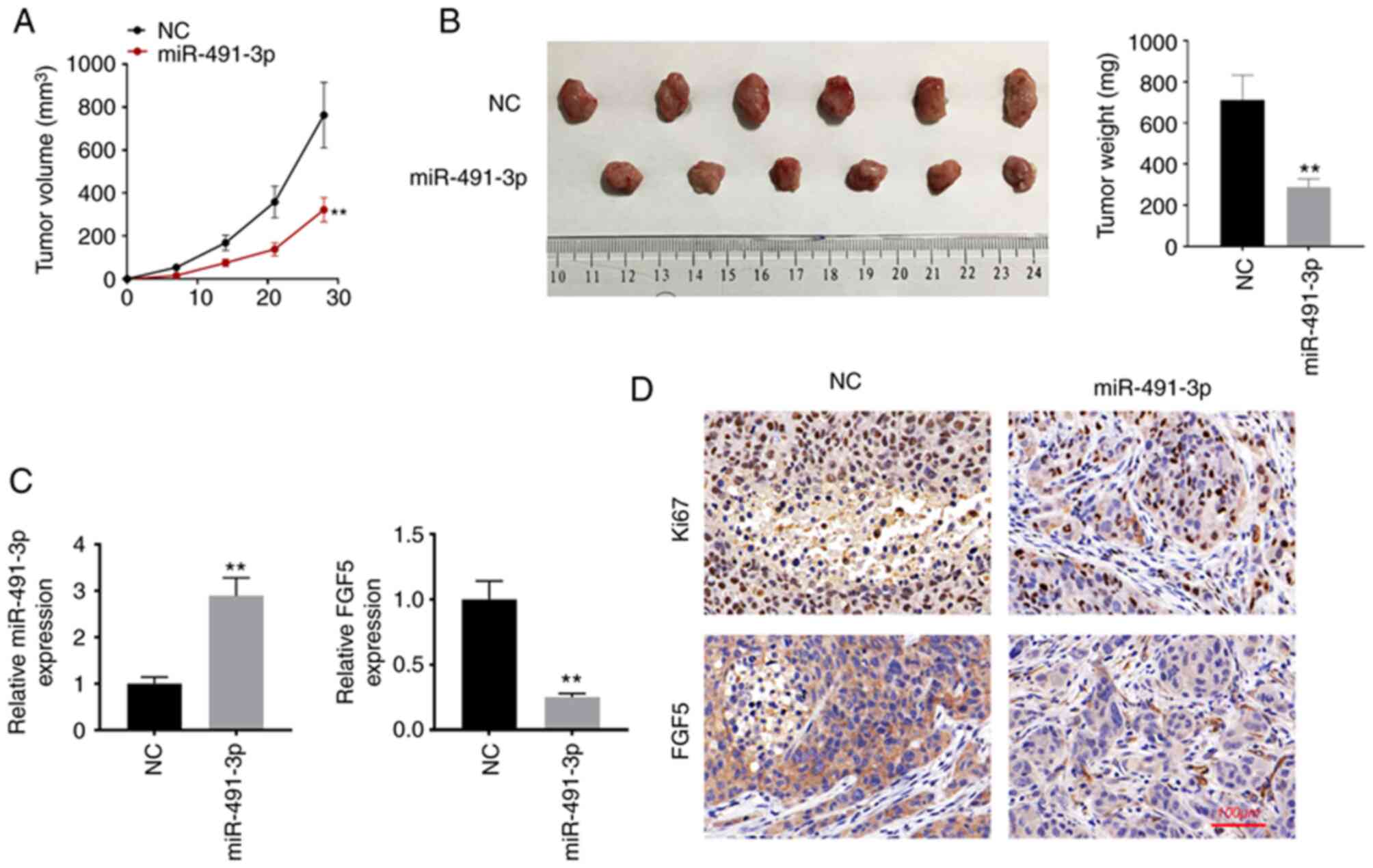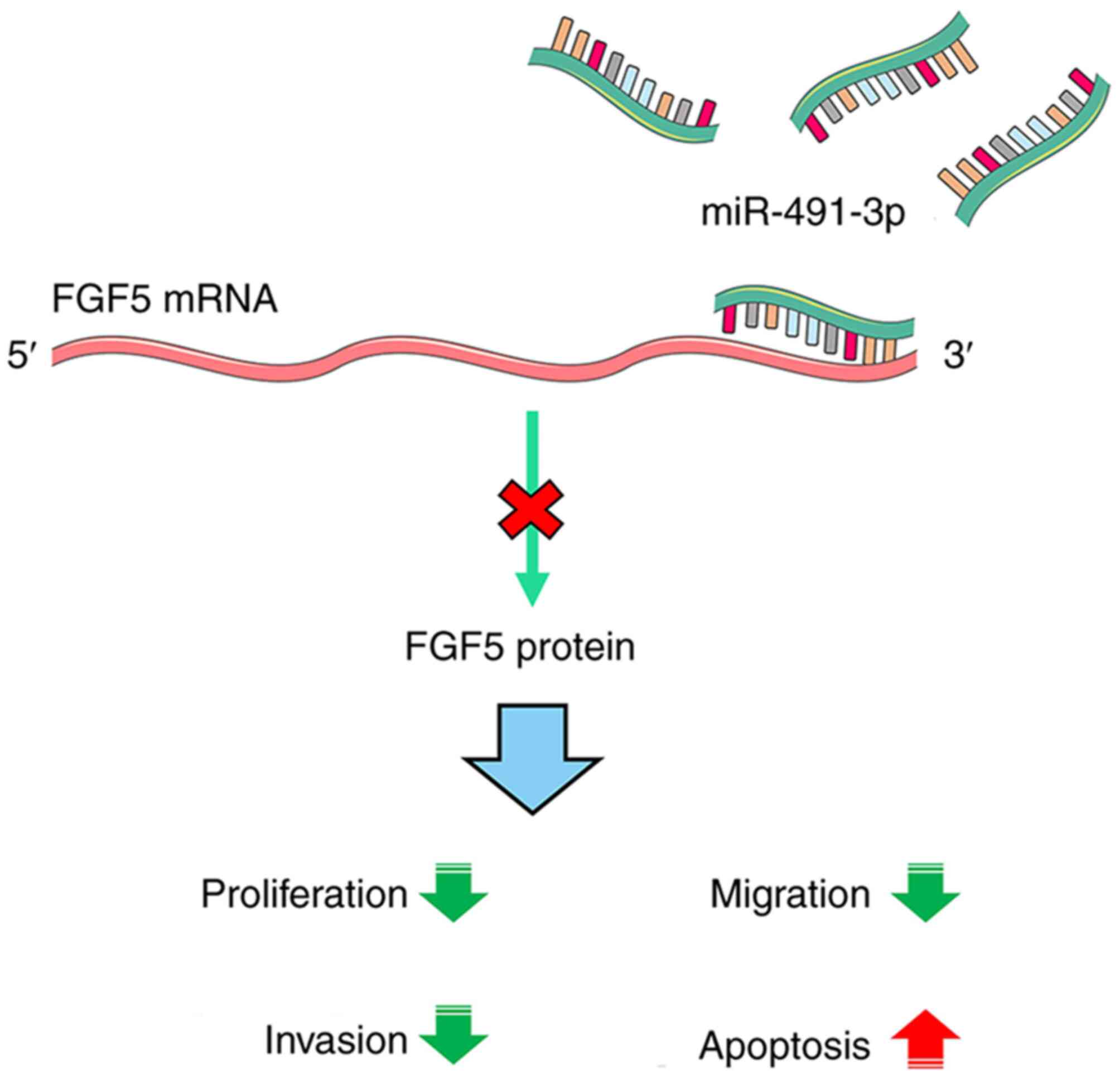|
1
|
Khanmohammadi A, Aghaie A, Vahedi E,
Qazvini A, Ghanei M, Afkhami A, Hajian A and Bagheri H:
Electrochemical biosensors for the detection of lung cancer
biomarkers: A review. Talanta. 206:1202512020. View Article : Google Scholar
|
|
2
|
Yu Q, Xu L, Chen L, Sun B and Yang Z, Lu K
and Yang Z: Vinculin expression in non-small cell lung cancer. J
Int Med Res. 48:3000605198395232020. View Article : Google Scholar : PubMed/NCBI
|
|
3
|
Gelatti AC, Drilon A and Santini FC:
Optimizing the sequencing of tyrosine kinase inhibitors (TKIs) in
epidermal growth factor receptor (EGFR) mutation-positive non-small
cell lung cancer (NSCLC). Lung Cancer. 137:113–122. 2019.
View Article : Google Scholar : PubMed/NCBI
|
|
4
|
Brozos-Vázquez EM, Díaz-Peña R,
García-González J, León-Mateos L, Mondelo-Macía P, Peña-Chilet M
and López-López R: Immunotherapy in nonsmall-cell lung cancer:
Current status and future prospects for liquid biopsy. Cancer
Immunol Immunother. 70:1177–1188. 2021. View Article : Google Scholar
|
|
5
|
Alexander M, Kim SY and Cheng H: Update
2020: Management of non-small cell lung cancer. Lung. 198:897–907.
2020. View Article : Google Scholar : PubMed/NCBI
|
|
6
|
Chen X, Zhao L, Kang Y, He Z, Xiong F,
Ling X and Wu J: Significant suppression of non-small-cell lung
cancer by hydrophobic poly(ester amide) nanoparticles with high
docetaxel loading. Front Pharmacol. 9:1182018. View Article : Google Scholar
|
|
7
|
Zhong W, Zhang X, Zeng Y, Lin D and Wu J:
Recent applications and strategies in nanotechnology for lung
diseases. Nano Res. 14:2067–2089. 2021. View Article : Google Scholar : PubMed/NCBI
|
|
8
|
Xiong F, Ling X, Chen X, Chen J, Tan J,
Cao W, Ge L, Ma M and Wu J: Pursuing specific chemotherapy of
orthotopic breast cancer with lung metastasis from docking
nanoparticles driven by bioinspired exosomes. Nano Lett.
19:3256–3266. 2019. View Article : Google Scholar
|
|
9
|
Naeli P, Yousefi F, Ghasemi Y,
Savardashtaki A and Mirzaei H: The role of MicroRNAs in lung
cancer: Implications for diagnosis and therapy. Curr Mol Med.
20:90–101. 2020. View Article : Google Scholar : PubMed/NCBI
|
|
10
|
Grossi I, Salvi A, Abeni E, Marchina E and
De Petro G: Biological function of microRNA193a-3p in health and
disease. Int J Genomics. 2017:59131952017. View Article : Google Scholar : PubMed/NCBI
|
|
11
|
Shan C, Chen X, Cai H, Hao X, Li J, Zhang
Y, Gao J, Zhou Z, Li X, Liu C, et al: The emerging roles of
autophagy-related MicroRNAs in cancer. Int J Biol Sci. 17:134–150.
2021. View Article : Google Scholar
|
|
12
|
Hu Y, Zhao M, Li L, Ding J, Gui YM and Wei
TW: miR-491-3p is downregulated in retinoblastoma and inhibit tumor
cells growth and metastasis by targeting SNN. Biochem Genet.
59:453–474. 2021. View Article : Google Scholar
|
|
13
|
Duan J, Liu J, Liu Y, Huang B and Rao L:
miR-491-3p suppresses the growth and invasion of osteosarcoma cells
by targeting TSPAN1. Mol Med Rep. 16:5568–5574. 2017. View Article : Google Scholar : PubMed/NCBI
|
|
14
|
Zhao Y, Qi X, Chen J, Wei W, Yu C, Yan H,
Pu M, Li Y, Miao L, Li C and Ren J: The miR-491-3p/Sp3/ABCB1 axis
attenuates multidrug resistance of hepatocellular carcinoma. Cancer
Lett. 408:102–111. 2017. View Article : Google Scholar
|
|
15
|
Zheng G, Jia X, Peng C, Deng Y, Yin J,
Zhang Z, Li N, Deng M, Liu X, Liu H, et al: The
miR-491-3p/mTORC2/FOXO1 regulatory loop modulates chemo-sensitivity
in human tongue cancer. Oncotarget. 6:6931–6943. 2015. View Article : Google Scholar
|
|
16
|
Wang X, He Y, Mackowiak B and Gao B:
MicroRNAs as regulators, biomarkers and therapeutic targets in
liver diseases. Gut. 70:784–795. 2021. View Article : Google Scholar
|
|
17
|
Zhou Y, Yu Q, Chu Y, Zhu X, Deng J, Liu Q
and Wang Q: Downregulation of fibroblast growth factor 5 inhibits
cell growth and invasion of human nonsmall-cell lung cancer cells.
J Cell Biochem. Dec 5–2018.(Epub ahead of print). doi:
10.1002/jcb.28107.
|
|
18
|
Zhao T, Qian K and Zhang Y: High
expression of FGF5 is an independent prognostic factor for poor
overall survival and relapse-free survival in lung adenocarcinoma.
J Comput Biol. 27:948–957. 2020. View Article : Google Scholar
|
|
19
|
Livak KJ and Schmittgen TD: Analysis of
relative gene expression data using real-time quantitative PCR and
the 2(−Delta Delta C(T)) method. Methods. 25:402–408. 2001.
View Article : Google Scholar : PubMed/NCBI
|
|
20
|
Liang G, Meng W, Huang X, Zhu W, Yin C,
Wang C, Fassan M, Yu Y, Kudo M, Xiao S, et al: miR-196b-5p-mediated
downregulation of TSPAN12 and GATA6 promotes tumor progression in
non-small cell lung cancer. Proc Natl Acad Sci USA. 117:4347–4357.
2020. View Article : Google Scholar : PubMed/NCBI
|
|
21
|
Correia de Sousa M, Gjorgjieva M, Dolicka
D, Sobolewski C and Foti M: Deciphering miRNAs' action through
miRNA editing. Int J Mol Sci. 20:62492019. View Article : Google Scholar
|
|
22
|
Liao Y, Cao L, Wang F and Pang R:
miR-605-5p promotes invasion and proliferation by targeting TNFAIP3
in non-small-cell lung cancer. J Cell Biochem. 121:779–787. 2020.
View Article : Google Scholar : PubMed/NCBI
|
|
23
|
Wang Z, Zhu X, Zhang T and Yao F:
miR-512-5p suppresses the progression of non-small cell lung cancer
by targeting β-catenin. Oncol Lett. 19:415–423. 2020.
|
|
24
|
Jiang Z, Zhang J, Chen F and Sun Y:
miR-148b suppressed non-small cell lung cancer progression via
inhibiting ALCAM through the NF-κB signaling pathway. Thorac
Cancer. 11:415–425. 2020. View Article : Google Scholar : PubMed/NCBI
|
|
25
|
Pu JT, Hu Z, Zhang DG, Zhang T, He KM and
Dai TY: miR-654-3p suppresses non-small cell lung cancer
tumourigenesis by inhibiting PLK4. Onco Targets Ther. 13:7997–8008.
2020. View Article : Google Scholar : PubMed/NCBI
|
|
26
|
Ganju A, Khan S, Hafeez BB, Behrman SW,
Yallapu MM, Chauhan SC and Jaggi M: miRNA nanotherapeutics for
cancer. Drug Discov Today. 22:424–432. 2017. View Article : Google Scholar : PubMed/NCBI
|
|
27
|
Kehler JS, David VA, Schäffer AA, Bajema
K, Eizirik E, Ryugo DK, Hannah SS, O'Brien SJ and Menotti-Raymond
M: Four independent mutations in the feline fibroblast growth
factor 5 gene determine the long-haired phenotype in domestic cats.
J Hered. 98:555–566. 2007. View Article : Google Scholar : PubMed/NCBI
|
|
28
|
Huang Y, Wang Y and Yang Y: Expression of
fibroblast growth factor 5 (FGF5) and its influence on survival of
breast cancer patients. Med Sci Monit. 24:3524–3530. 2018.
View Article : Google Scholar
|
|
29
|
Han D, Wang M, Yu Z, Yin L, Liu C, Wang J,
Liu Y, Jiang S, Ren Z and Yin J: FGF5 promotes osteosarcoma cells
proliferation via activating MAPK signaling pathway. Cancer Manag
Res. 11:6457–6466. 2019. View Article : Google Scholar : PubMed/NCBI
|
|
30
|
Liu D, Zhang C, Li X, Zhang H, Pang Q and
Wan A: MicroRNA-567 inhibits cell proliferation, migration and
invasion by targeting FGF5 in osteosarcoma. EXCLI J. 17:102–112.
2018.PubMed/NCBI
|
|
31
|
Fang F, Chang RM, Yu L, Lei X, Xiao S,
Yang H and Yang LY: MicroRNA-188-5p suppresses tumor cell
proliferation and metastasis by directly targeting FGF5 in
hepatocellular carcinoma. J Hepatol. 63:874–885. 2015. View Article : Google Scholar
|
|
32
|
Kornmann M, Ishiwata T, Beger HG and Korc
M: Fibroblast growth factor-5 stimulates mitogenic signaling and is
overexpressed in human pancreatic cancer: Evidence for autocrine
and paracrine actions. Oncogene. 15:1417–1424. 1997. View Article : Google Scholar : PubMed/NCBI
|















